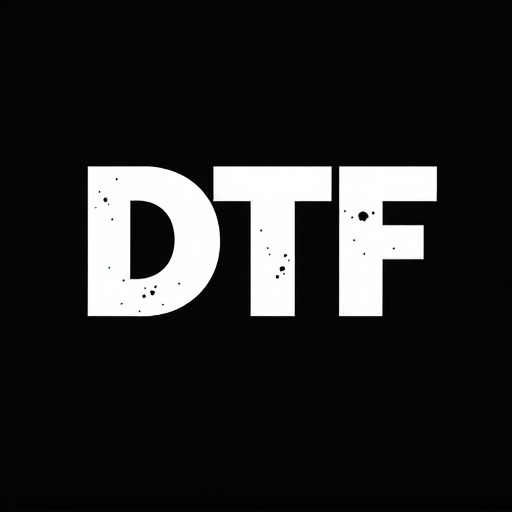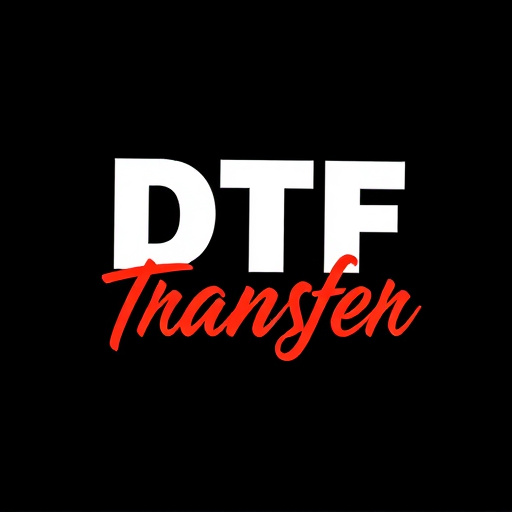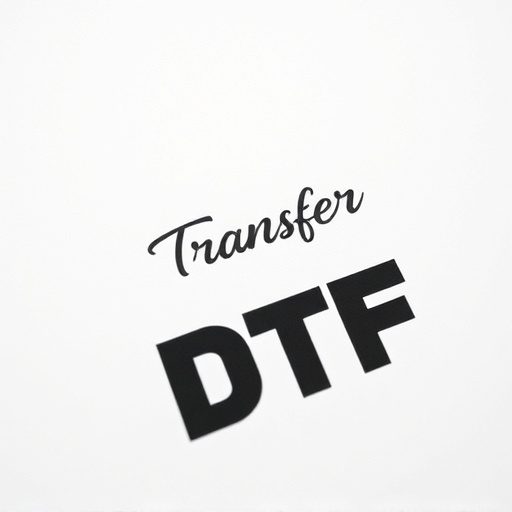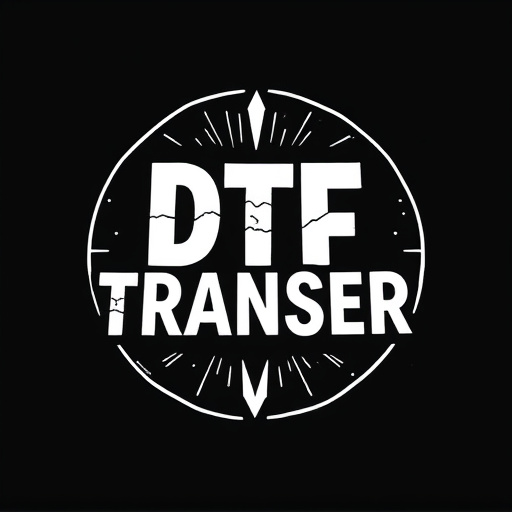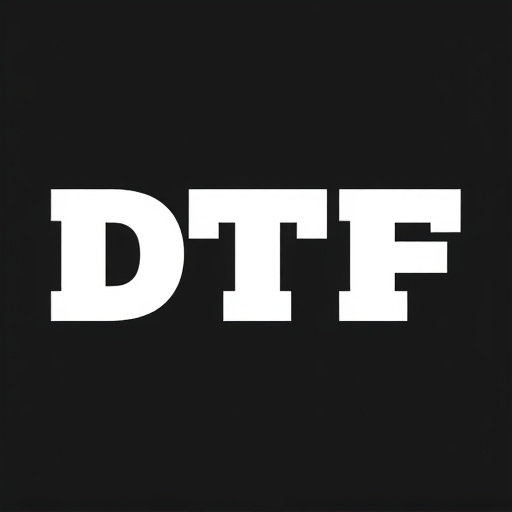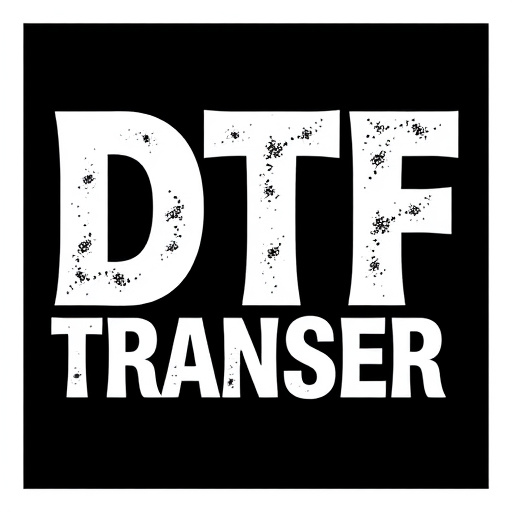DTF (Direct to Fabric) printing is a cutting-edge technique for transferring detailed designs onto fabrics with vibrant colors and high quality. By using pre-arranged designs, creators streamline printing workflows and achieve complex patterns. The process involves preparing smooth fabric, submitting high-resolution artwork, and using advanced printers to lay down layers of ink. DTF is favored for custom apparel, home textiles, and signage due to its efficiency, accuracy, and versatility. Proper fabric preparation, high-quality print media, and optimal file formats ensure exceptional DTF transfers with rich colors and crisp lines.
“Unleash your creativity with Digital Thermal Forming (DTF) printing—a game-changing technique revolutionizing design and print. This article guides you through the process of pre-arranged design submission, offering insights into its numerous advantages. From understanding DTF’s unique benefits to preparing designs for optimal results, we explore every step. Learn about quality control measures and best practices for achieving flawless DTF transfers. Discover how this technology lets you transform your creations into tangible, high-quality products.”
- Understanding DTF Printing: A Quick Overview
- Benefits of Pre-Arranged Design Submission
- Preparing Your Designs for Optimal Results
- The Process: From Submission to Physical Print
- Ensuring Quality Control During the Printing Phase
- Best Practices and Tips for Effective DTF Transfer
Understanding DTF Printing: A Quick Overview

DTF (Direct to Fabric) printing is a cutting-edge technique that allows for precise and detailed transfer of designs onto various materials, primarily fabrics. Unlike traditional printing methods, DTF involves a direct ink application process, ensuring vibrant colors and high-quality results. This innovative approach has revolutionized the textile industry, empowering designers and manufacturers with unparalleled versatility.
With pre-arranged designs, creators can submit their artwork for DTF printing, offering a streamlined workflow. The process begins by preparing the fabric, ensuring its smoothness and suitability for digital printing. Then, advanced printers lay down layers of ink, carefully mirroring the submitted design. This method is particularly favored for its ability to produce complex patterns and graphics with excellent clarity, making it a go-to choice for custom apparel, home textiles, and even signage.
Benefits of Pre-Arranged Design Submission

Submitting pre-arranged designs for DTF (Direct to Fabric) printing offers a range of advantages for creators and businesses alike. One of the key benefits is efficiency; by providing detailed design specifications upfront, print service providers can streamline the production process. This means faster turnaround times as the printer can immediately begin the transfer without needing to interpret or adjust design elements.
Additionally, pre-arranged designs ensure higher accuracy in color reproduction and overall print quality. The initial layout ensures that the final product aligns with the original artistic vision. This is particularly crucial for complex prints with fine details and vibrant colors, where even minor discrepancies can be noticeable. Such an approach also allows for better inventory management as printers can plan and prepare materials in advance, avoiding delays caused by design back-and-forths.
Preparing Your Designs for Optimal Results

Preparing your designs for a DTF (Direct to Fabric) transfer is an essential step to ensure optimal results and high-quality prints on various fabrics. Start by ensuring your artwork is in the correct file format, such as PDF or PNG, with a resolution of 300 DPI or higher. This ensures that the intricate details and colors of your design are accurately reproduced on the fabric.
Next, consider the layout and placement of your design. Since DTF printing involves transferring ink directly onto the fabric, it’s crucial to have a clear understanding of how the design will look when printed. Avoid overcrowding the design on the fabric; instead, leave adequate space around the artwork to prevent smudging or bleeding of colors during the printing process. Additionally, keep in mind any potential shrinkage or stretching of the fabric after printing to maintain the design’s proportions and overall aesthetics.
The Process: From Submission to Physical Print

When submitting designs for DTF (Direct to Fabric) printing, the process begins with a clear and precise digital file. Designers can choose to create their artwork using specialized software, ensuring it meets the technical requirements for printing. This includes high resolution, correct color profiles, and specific file formats. Once the design is finalized, it’s ready for submission to the print service provider.
After receiving the design, the print house will review it to ensure it adheres to their standards and specifications. They may request edits or clarifications if needed. Upon approval, the DTF transfer process begins. The design is then printed directly onto a fabric of choice using specialized printers. This technology allows for intricate details and vibrant colors, transforming digital creations into tangible, physical prints.
Ensuring Quality Control During the Printing Phase

When submitting pre-arranged designs for DTF (Direct to Fabric) printing, quality control is paramount to ensure the final product meets expectations. Before sending your designs, perform a thorough review to catch any potential issues like resolution, color accuracy, and file format compatibility. This step is crucial as it sets the foundation for the printing process, determining the overall aesthetics and durability of the printed fabric.
During the printing phase, maintain strict quality control protocols. Regularly inspect the printing progress, checking for consistent color vibrancy, sharp detail, and alignment. Implementing these measures helps prevent defects like misprints, color inconsistencies, or skipped layers, ensuring a high-quality DTF transfer onto your chosen fabric material.
Best Practices and Tips for Effective DTF Transfer

To achieve the best results with DTF (Direct to Fabric) printing, it’s essential to follow certain practices and tips for effective transfer. Firstly, pre-treatment of the fabric is crucial; ensure the surface is clean, dry, and free from any contaminants. This step guarantees optimal adhesion of the design to the fabric during printing. Additionally, using high-quality print media and ink compatible with DTF printing will yield vibrant and long-lasting colors in your final product.
When preparing designs for submission, consider resolution and file format. High-resolution files (300 DPI or above) ensure sharp details and precise color representation on the fabric. Save your designs in formats like PDF or SVG to maintain vector integrity, enabling seamless scaling without loss of quality. Remember, pre-arranging designs with these best practices in mind facilitates a smooth printing process, resulting in exceptional DTF transfers that pop with rich colors and crisp lines.


